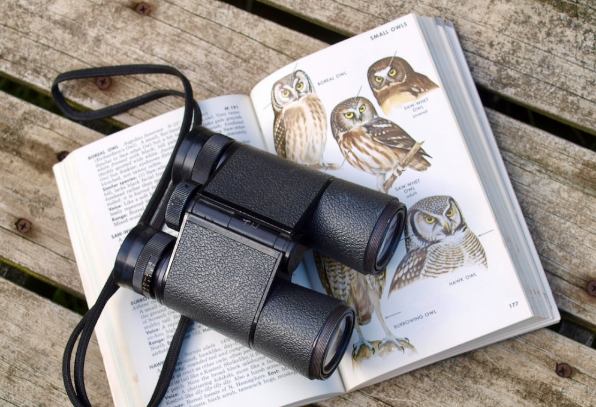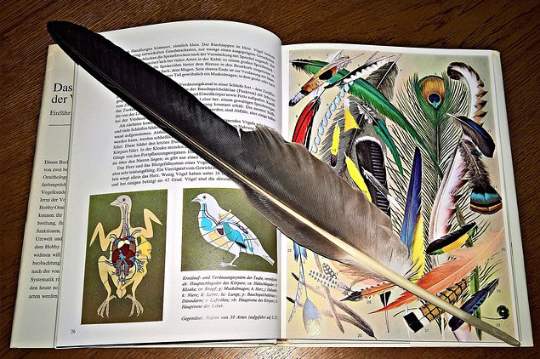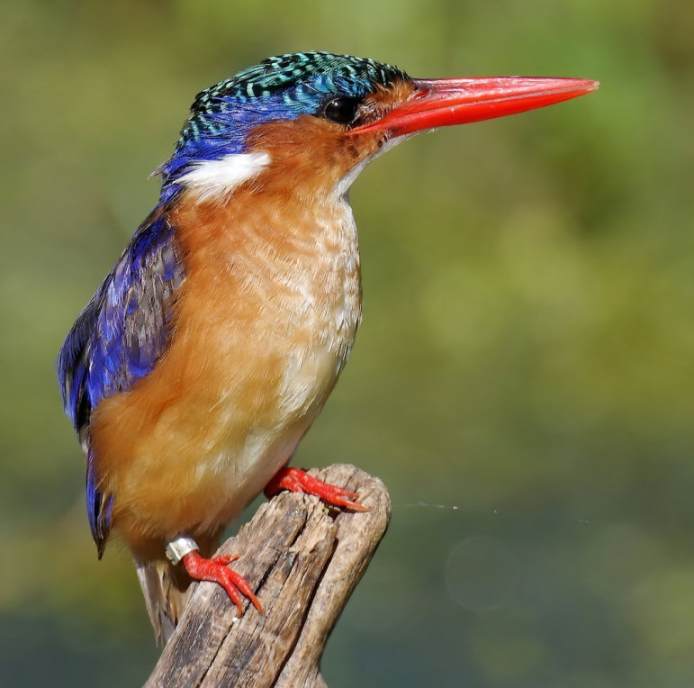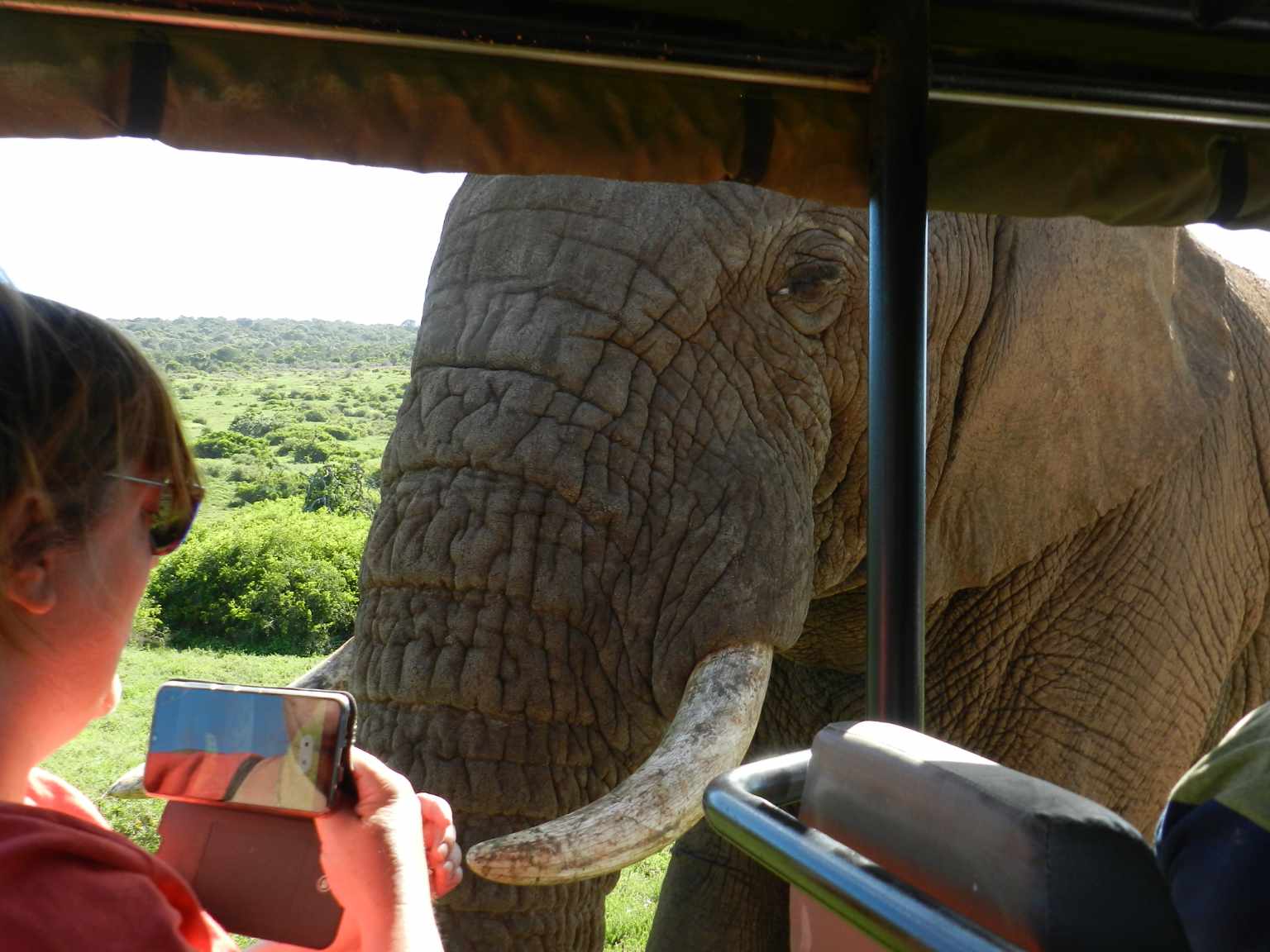Bird watching and bird identification is a hobby, a very fast-growing hobby, and it is also a profession: wildlife photography, and one of the best places in Africa to do some spectacular birding in South Africa. South Africa is a country with a lot of flora and fauna and is blessed with a warm temperate climate, which makes it an ideal place to start to identify the birds of South Africa, with or without the help of birds of Africa identification books.
Now that you’ve gotten yourself a good pair of binoculars, you’ll start noticing more birds around and marvel at the variety.
For those who are planning on visiting or are already in South Africa for a birding experience, and don’t know how or where to start, this article has got you covered.
In this article, you will learn the criteria for how to identify different species of birds and the best books on South African birds to get you started on your bird-watching experience.
Updated 30/11/23
How To Identify Birds Of South Africa?
Below, I will outline and define steps that will help in the identification process of (South African) birds.

1. Take a closer Look at the Shape and Size for bird identificatio
Birds come in a variety of sizes and shapes, and this is a perfect starting point to identify a bird.
Different bird species groups have different shapes, and this is the first step in the identification process.
A field book or guide on birds that have descriptions of each bird group, starting with the more distinctive and common groups, to the less distinctive bird shapes, there are even bird books for kids.
Knowing how to estimate the size of the bird under study is important, as it helps reduce the category of possible birds. Many birds of the same species are usually similar in size, but this isn’t the case for all birds.
A good example is the ostrich with all birds in this family all being of the same size, but others like owls differ widely in size from the smallest owl in South Africa the Scops Owl standing at 19 cm while the largest is the Verreaux’s Eagle-Owl standing at 66 cm.

Size isn’t an issue when the bird is in the company of another bird or even an animal that serves as a reference point. But, when it is alone then it is best compared to a bird you know well.
Also, a bird’s posture or angle might make it hard to identify, so measure key body parts such as the wings, bill, feathers and feet against itself.
Look for any detail that will help you differentiate the bird, such as how big the head or bill is in comparison to the rest of the body.
Individual body parts will give you clues as to where the bird lives, what it eats, and how it flies.
2. Field Marks.
Field marks are the marks that are easily seen in the field and at a distance. The system of how to identify birds of South Africa n using field markings was developed by Roger Tory Peterson ( He created some of the first widely used fielding guides in the 1930s).
He realized that the distinguishing marks of most birds are usually in these four areas; eye area, rump, tail feathers, and wing bars.
- The eye ring or the pattern around the eye itself can be distinct from bird to bird, and often a species can be determined by closely examining the eye area.
- The rump is the area at the back of the bird just above the tail feathers, which is usually colored distinctly and differently from the rest of the feather and back area.
- On the wings will be stripes, bars, or patterns that can be distinct enough to identify a particular bird.
- The tail feathers can clearly identify a bird as they may be long, ornamental, and have variations in coloring on their outer edges.
- Bill and Face.
Birds have different beaks or bills, which are also important in determining the bird spotted. Different bird groups have different types of bills such as those in ducks, parrots, to weaver birds.
Faces are also important as some birds such as owls and vultures have such distinctive faces that the bird species is immediately recognizable.
The shape of the bill will get you the bird group while the feather coloration on the face will help identify the particular species.
3. Compare the Color
When out birding, the first thing most people notice is the colour, but colour is not enough to identify the birds.
It is important though since after shape, size, and head, you need to look at the colour next.
The placement of the colour is also important be it on the rump, head, tail feathers, or breast.
Identification using colour comes with some challenges though. In the field, color can be affected by the light, distance and angle from which the bird is viewed from.
Colorful African lovebirds:
Some Birds also have these unique characteristics whereby their coloration changes with the season.
Most birds also have different coloured plumage as they grow from being chicks to adulthood. In the field, you might also find birds that have abnormal discolorations from pollen, paint, or even genetic anomalies.
4. The Sound of birds.
Many birds have simple main calls that can be quite hard to place, but each species will have a unique song and call that can be learned with time.
Learning about these songs opens a whole new world to you: of birds hidden behind foliage, birds at night, and at faraway locations.
Songs and sounds help in two ways; it helps you have an idea of what type of birds are in the area, and narrow down the list to what you are not familiar with.
But the thing with songs is that what you commit to memory will always be there as a welcome identifier for different types of birds in the field.
5. Behaviour and Habitat of birds
Birds are extremely active creatures that are particularly adapted to their habitats and they may have certain behaviors that are identified.
Different groups of birds have specific behaviors attributed to them such as the way they fly, courtship displays, and feeding habits.
As you observe the bird, notice how it sits, flies is it in a flock or solitary, and whether it has any nervous traits.

Also when birding take as much time studying the bird’s possible learning its traits and habitats and resist the urge of reaching for your guide when you first spot the bird.
Birds are also restricted to different habitats and a description of the habitat can help narrow down the bird species.
6. The Range and Seasonality of the birds
Birds, even though they may be of the same species, will differ in their geographic location such as the American flamingo and the Greater flamingo.
This variety among birds makes birding an even more worthwhile experience but challenging all the same.
It is also good to pay attention to the season of the area that, you are bird watching in as many birds are migratory and their presence in a place is dependent on the season.
Just as there are migratory birds, there are also birds that do little migrating and will remain over a specific range of locations all their life.

A good guidebook of the local birds is important in helping you know which birds aren’t migratory and which are and in which season.
Why Get A Bird Watching Book?
Bird-watching is a rewarding experience, but it needs skills and knowledge to make it worthwhile.
Those who aren’t that interested in bird watching, never notice just how spectacular birds can be and how many different species there are.
And to those who are starting out, bird-watching guides are crucial in helping them improve their birding skills, and become adept at identifying different bird species be it on a Safari in South Africa or in their backyards at home.
The Best 8 South African Bird Watching Books.
It is now time to review 8 bird-watching books for you, let’s go!
This blog post contains affiliate links from Amazon, no extra charges for you.
1. Basic Bird ID in Southern Africa

Basic Bird ID in Southern Africa
Buy Now →- Authors:
Peter Ginn and Geoff McIllrenon.
- Description:
This is a good book for those who are beginners in the field of bird watching and is suitable for a wide range of birders even those who are really young.
The book touches on what bird watching is all about and how to identify different bird species, with topics on physical features, shape, size, and bill length together with simple line photographs and full-color drawings that give clues to the birds’ identities and lifestyles.
Pages – 130 pages and available on Kindle or as a paperback.
Pros
- Easy to read.
- Can be had in softcopy on kindle devices as well as in paperback hardcopy.
Cons
- The book was published in 2013 and may not be up to date regarding new bird species, or behaviors, habitats, or even change in bird distribution.
2. Sasol Birds of Southern Africa

Birds of Southern Africa: Fifth Revised Edition (Princeton Field Guides, 159)
Buy Now →- Author:
Ian Sinclair.
- Description
Pages – 488.
This is one of the best bird guidebooks on South African birds.
The book contains 200 color palettes that contain more than 4000 illustrations that have expert labels that highlight field marks, with birds being shown both still and in flight.
The information on each bird is very useful in the field with details that emphasize the unique characteristics of each bird species such as habitat, range, sounds and behaviors.
Pros
- Has an accompanying app that enables readers to hear how different birds sound when barcodes are scanned on individual birds.
- Extremely detailed.
Cons
- Can only be purchased in paperback format.
- The book is heavy and cumbersome when used out in the field.
3. Birds of South Africa (Helm Wildlife Guides)

Birds of South Africa (Helm Wildlife Guides)
Buy Now →- Author:
Adam Riley.
- Description:
This is a compact book that can fit in a pocket and can be taken with you as you go out birding. This book has an educative summary of the habitats found in South Africa and some of the best locations to go bird-watching.
Pages – 224 pages.
Pros
- This guidebook was published in 2020 and is up to date on the bird species, their distribution, numbers, and new habitats.
- It is pocket-sized and easy to use out in the field.
Cons
- It only has photographs and while they are impressive, illustrations better show the field markings of each bird species.
4. 50 Things to Know About Birds in South Africa: Beginners Guide to Birding in South Africa

50 Things to Know About Birds in South Africa
Buy Now →- Author:
Arthur – Bonnie Kaplan Kauffman
- Description
This is a book that caters for those who are just beginners in the field of birding telling you where to see the most common birds within South Africa.
This book has a different outlook than other books as it also tries to show bird watchers the important role birds play in their specific habitats.
Pages – 109
Pros
- Offers a wholesome approach to birding showing the importance of birds to their ecosystems.
Cons
- Not as detailed as other guides
5. The Birds of Southern Africa: The Complete Photographic Guide:

The Birds of Southern Africa: The Complete Photographic Guide
Buy Now →- Authors:
Burger Cillie, Faansie Peacock, and Niel Cillié.
- Description:
This book contains one of the most comprehensive and biggest collections of photographs of South African birds.
The book has illustrations of more than 900 species of birds found in South Africa.
Written by top authors, the book details and focuses on identification, diet, habits, breeding details, habitats and calls.
Other than the detailed illustrations of the birds is also a distribution map showing the relative numbers of each species and their migration status.
Pages – 528.
Pros
- It is a pretty detailed guide.
- The information within it is up to date
- Easy to use and the index at the back of the book helps track where each bird’s information is in the book.
- It has an accompanying app that helps learn more about the birds
Cons
- 560 pages can make it quite heavy to carry with you on a backpacking trip, for example
6. Newman’s Birds of Southern Africa: 10th Edition

Newman’s Birds of Southern Africa: 10th Edition
Buy Now →- Author:
Kenneth B. Newman.
- Description
This tenth-edition book is revised and updated to reflect the newest changes in taxonomy, research and common names.
This book illustrates birds found in the larger South African area as far up as the River Zambezi up to the Antarctic region.
To identify the birds of South Africa, this book contains a comprehensive checklist of bird distribution and their habitats, and all this information is grouped together for easier reference.
Pages – 528.
Pros
- Easy-to-use guide for novice bird watchers.
Cons
- The field guide is heavy and can be quite cumbersome to use in the field.
- The book doesn’t hold up to abuse and the binding on the cover will come loose.
7. South Africa Birds: A Folding Pocket Guide to Familiar Species in the South African Region (Wildlife and Nature Identification)

South Africa Birds: A Folding Pocket Guide to Familiar Species in the South African Region
Buy Now →- Authors:
James Kavanagh, Waterford Press, and Raymond Leung
- Descriptions:
This book is a compact, book that fits in your pockets and is suitable for both kids as young as 12 and adults.
This book doesn’t cover all the bird species in South Africa, only the most common ones, the ones you will most likely see when you’re out bird watching; About 140 species of birds.
The book itself is laminated and built to withstand the heavy use expected of it and is a good guide for both beginners and expert bird watchers.
Pages – 12
Pros
- Very portable.
- It is well-built and durable
Cons
- The documentation on the birds is small.
- It is suitable for beginners but not expert or experienced birders.
8. Roberts Bird Guide
 Buy Now →
Buy Now → - Authors:
Hugh Chittenden, Greg Davies, and Ingrid Weiersby.
- Description:
This book concentrates on the more difficult-to-identify species such as raptors, warblers, Waders and Cisticolas.
To identify the birds of South Africa, this book also looks in depth at the difference between the male and females of each specie no matter how small.
Each plate is augmented with an introduction and informative illustrations on the birds that show hard-to-see details such as those on the head.
Pages- 264.
Pros
- It has a lot of information on each bird that has been featured.
- Other than the birds, the book also has an in-depth look at the different wild biomes in South Africa.
Cons
- Due to all the information presented within the book, it can be overwhelming to beginners
FAQs On How to Identify Birds Of South Africa.
What is the best app to identify birds of South Africa?
That must be Birdpro for Android, it identifies the most South African birds from Krugerpark and the rest of the country. Including bird sounds.
What are the most things required for bird watching?
To enjoy your bird-watching experience it is necessary that you have your binoculars and a field guide you love.
What is the best time to go birding in South Africa?
In South Africa, the best time to go bird watching is from the months of September to May with numbers peaking between December and January.
related article:
- How to identify baby birds or bird chicks?
- A fun quiz, with 10 questions and answers on African bird’s names!
My final Conclusion
Bird watching and identifying birds of South Africa is a fulfilling activity be it professional or as a hobby and birds are an essential part of our environment.
To those who are getting started on their birding journey, make sure you have a guide or two that you like in the field with you, and note that birdwatching is a skill that takes patience to be proficient in.
If you have any more questions about this topic on how to identify birds of south Africa, please feel free to ask them below in the comment section or join me on my social media channels or Facebook group for more pictures and stories of my travels to Africa!
I wish you happy travels!
Kind regards,
Lizzy
I now have a YouTube channel as well!
YouTube
Hello Africa travellers!
Who am I? Well, the least you can say is that I am quite crazy about Africa, its nature, its climate, its culture, and more.
As a young woman in my twenties, I had already traveled to several African countries by traveling along in an overlander on my own and mostly camping ( or glamping ) and just fell in love with the diversity of it all.
So much, so that at the age of 26, I went back to university to study biology, which, unfortunately, I couldn’t finish because of health reasons (yes, I got sick from a tropical disease, oh cynicism). But this did not stop my dream of traveling back to Africa several times, and I still do.
My dream was back then to leave Europe and go study animal behavior, especially the elephants (sure, that’s every girl’s dream haha), but I am also very much intrigued by hyenas and other “ugly African animals“.
So, I “kind of” have a little bit of a scientific approach to my articles, when I write about African birds, for example. And most of all: the passion.
But life goes on, you move from one side of the country to the other, you get sick again and top it off with lower back problems, and before you know it, you are over 50 hahaha!
Now, I still travel to Africa, but take it a bit “easier” than the good old camping days, and stay in comfortable, yet affordable accommodations, together with my husband Wouter.
These are some of the countries I have traveled to: Kenya, Tanzania, Zanzibar, Malawi, Zambia, Zimbabwe, South Africa, Namibia, Botswana, Tunisia, and a little bit of Lesotho LOL .
While clearly not being African territory, but Spanish, I also visited Gran Canaria and Tenerife, and location-wise, I consider them “African”, because of their climate and nature, sue me :-p
The last trip I took was to South Africa in the year 2023, and it sure got the fevers for Africa back! From the Barberton mountains to the Drakensberg and the Southcoast, one month wasn’t enough at all to see the whole country, so we’ll be back! At ease and with a little bit more luxury than in my younger days haha!
I wish you happy travels!
Kind regards
Lizzy

Hi Lizzy,
I’ve not been to South Africa and it seems a really beautiful country to visit one day and do bird watching as an activity.
Identifying birds during this activity would be so much fun and stress-relieving.
Thank you for the wonderful books, hopefully when I have the chance to visit Africa one day, I could go buy at least one of them to guide me on bird watching.
Marita
Hi Marita!
Well, if you can and go to South Africa, I really would take some time to go and enjoy all the beautiful nature, people, landscape and of course the variety of birds;-)
Thank you for your comment and I wish you happy travels!
Kind regards,
Lizzy
Birding or you call it bird watching is one of those ways I relax my nerves after a hertic time at work. Apart from playing lawn tennis, bird watching is another activity that helps me get my mind off work. From their colours, shape, sizes and other unique featured you can get lost in watchinv this beautiful creatures. Ian Sinclair’s Bird of Southern Africa is a book I will long to read. Although you said it is bulky butit extreme simplicity catches my interest
Hello Parameter!
I hope that you will have a great time discovering the birds of South Africa with the help of the bulky book from Ian SInclair!
Thank you for your kind words and I wish you all the best!
Lizzy